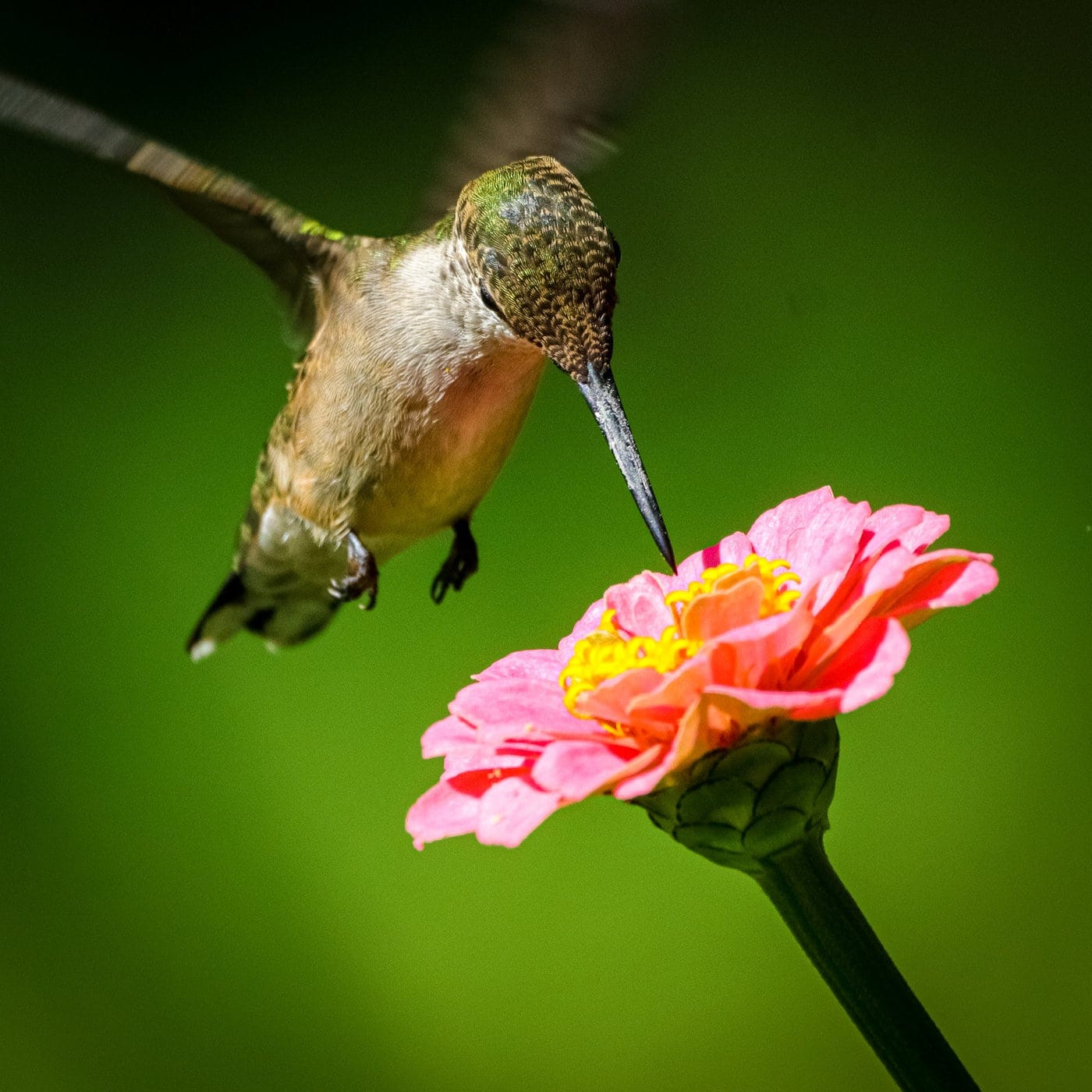Stamp: Humming Bird (Eulampis jugularis) (Saint Vincent and The Grenadines 1999)
Humming Bird (Eulampis jugularis) (Saint Vincent and The Grenadines 1999)
01 January (Saint Vincent and The Grenadines ) within release Revenue goes into circulation Stamp Humming Bird (Eulampis jugularis) face value 10 East Caribbean cent
Stamp is square format.
8c postage stamp of 1970 (SG 292) overprinted "REVENUE" and surcharged "10¢" and obliterating circle in black Revenue Reverend cat. no: R202Also in the issue Revenue:
- Stamp - “Mary and de Baby weary” face value 10;
- Stamp - “Star above shine in de sky” face value 10;
- Stamp - American man of war face value 10;
- Stamp - Astronomer and telescope face value 10;
- Stamp - Ayres Turbo Thrush face value 10;
- Stamp - Boy and officer face value 10;
- Stamp - British man of war face value 10;
- Stamp - British troops in battle face value 10;
- Stamp - Carib hieroglyph face value 10;
- Stamp - Christmas 1981 face value 10;
- Stamp - Christmas 1981 face value 10;
- Stamp - Christmas 1982 face value 10;
- Stamp - Christmas 1983 face value 10;
- Stamp - Christmas 1984 face value 10;
- Stamp - Christmas 1984 face value 10;
- Stamp - Coconut plantation, husking coconuts face value 10;
- Stamp - Common Black Hawk (Buteogallus anthracinus) face value 10;
- Stamp - Copra drying frames face value 10;
- Stamp - Crayfishing face value 10;
- Stamp - Elegant Anemone (Actinoporus elegans) face value 10;
- Stamp - Emblem face value 10;
- Stamp - Emblem face value 10;
- Stamp - Flag of St Vincent and Commonwealth symbol face value 10;
- Stamp - Flour Milling face value 10;
- Stamp - Freshwater Shrimp (Macrobrachium sp.) face value 10;
- Stamp - Goat-skin drum face value 10;
- Stamp - Grumman Goose, 1952 face value 10;
- Stamp - Guava face value 10;
- Stamp - Hoeing face value 10;
- Stamp - Humming Bird (Eulampis jugularis) face value 10;
- Stamp - Junior Secondary School face value 10;
- Stamp - Kim de Freitas face value 10;
- Stamp - Kingstown General Post Office face value 10;
- Stamp - Kingstown General Post Office face value 10;
- Stamp - Lady of the Night (Cestrum nocturnum) face value 10;
- Stamp - Locust (Hymenaea coubaril) face value 10;
- Stamp - Model sailing dinghy face value 10;
- Stamp - Musical fantasy face value 10;
- Stamp - Passion Fruit face value 10;
- Stamp - Prickly Pear cactus face value 10;
- Stamp - Prime Minister R. Milton Cato face value 10;
- Stamp - Prime Minister R. Milton Cato face value 10;
- Stamp - Ramillies lost in storm face value 10;
- Stamp - Soufrière Bird (Myadestes genibarbis sibilans) face value 10;
- Stamp - View of Fort Duvernette face value 10;
- Stamp - Westminster Abbey face value 10;
- Stamp - Women's basketball face value 10;
- Stamp - Yachts racing face value 10;
- Stamp - Painting "Poinsettia" by Jackie Douglas face value 10;
Stamp Humming Bird (Eulampis jugularis) it reflects the thematic directions:
Animals are multicellular, eukaryotic organisms of the kingdom Animalia (also called Metazoa). All animals are motile, meaning they can move spontaneously and independently, at some point in their lives. Their body plan eventually becomes fixed as they develop, although some undergo a process of metamorphosis later on in their lives. All animals are heterotrophs: they must ingest other organisms or their products for sustenance.
Birds (Aves), a subgroup of Reptiles, are the last living examples of Dinosaurs. They are a group of endothermic vertebrates, characterised by feathers, toothless beaked jaws, the laying of hard-shelled eggs, a high metabolic rate, a four-chambered heart, and a strong yet lightweight skeleton. Birds live worldwide and range in size from the 5 cm (2 in) bee hummingbird to the 2.75 m (9 ft) ostrich. They rank as the class of tetrapods with the most living species, at approximately ten thousand, with more than half of these being passerines, sometimes known as perching birds. Birds are the closest living relatives of crocodilians.
A flower, sometimes known as a bloom or blossom, is the reproductive structure found in plants that are floral (plants of the division Magnoliophyta, also called angiosperms). The biological function of a flower is to effect reproduction, usually by providing a mechanism for the union of sperm with eggs. Flowers may facilitate outcrossing (fusion of sperm and eggs from different individuals in a population) or allow selfing (fusion of sperm and egg from the same flower). Some flowers produce diaspores without fertilization (parthenocarpy). Flowers contain sporangia and are the site where gametophytes develop. Many flowers have evolved to be attractive to animals, so as to cause them to be vectors for the transfer of pollen. After fertilization, the ovary of the flower develops into fruit containing seeds. In addition to facilitating the reproduction of flowering plants, flowers have long been admired and used by humans to beautify their environment, and also as objects of romance, ritual, religion, medicine and as a source of food.
Hummingbirds are birds native to the Americas and comprise the biological family Trochilidae. With approximately 366 species and 113 genera, they occur from Alaska to Tierra del Fuego, but most species are found in Central and South America. As of 2024, 21 hummingbird species are listed as endangered or critically endangered, with numerous species declining in population




